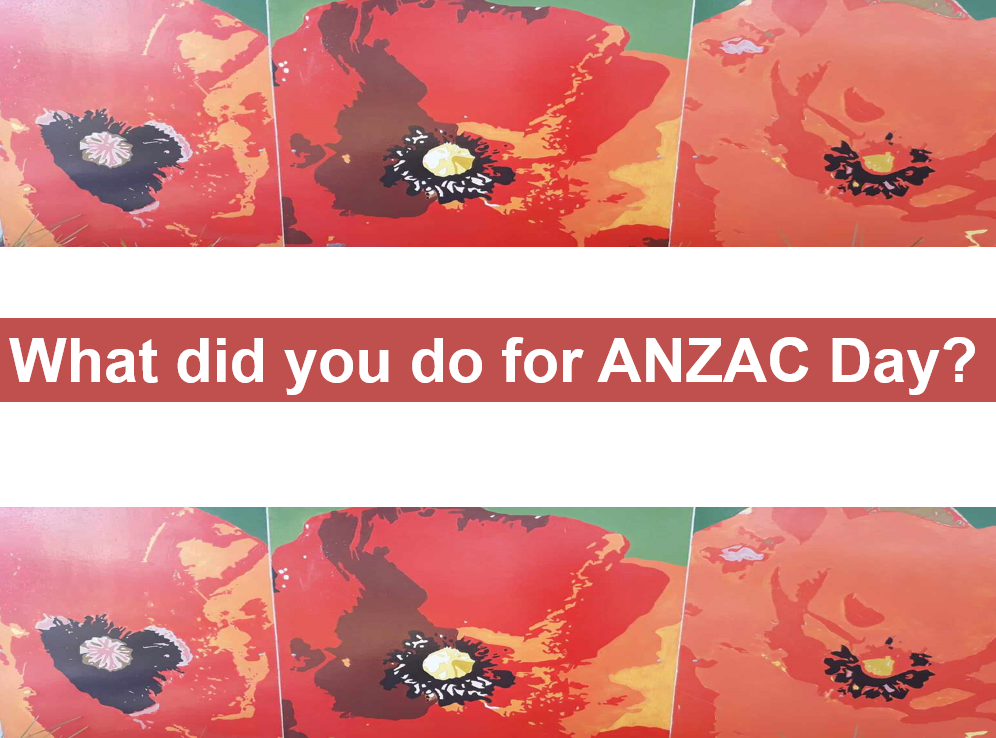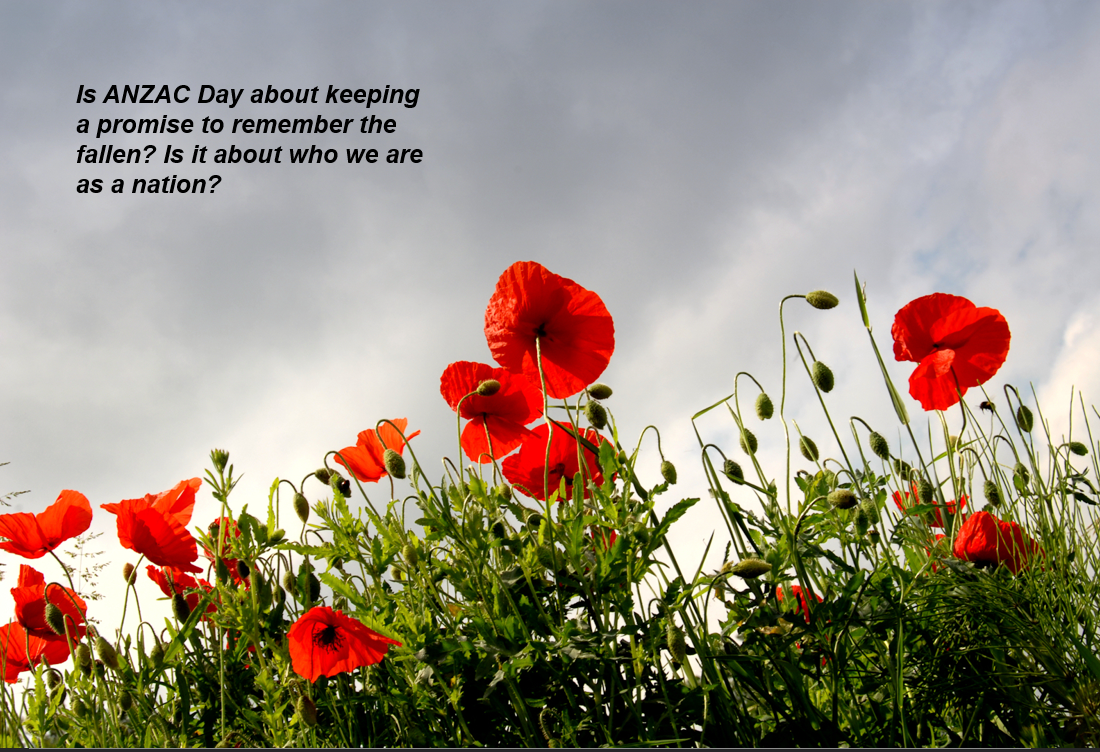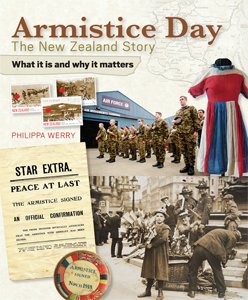

Young Lions – Junior Resources
Resources for Young Kiwi Learners
Young Lions – Junior Resources
Resources for Young Kiwi Learners
Junior Resources
In this section, resources are suggested for use with younger Kiwi students when covering the subject of the Great War and the Battle of Passchendaele. Thanks go to Pauline McCowan, Passchendaele Society Member, for researching this section.
Alive during the war and alive today
An amazing true story about a tortoise who met the Anzacs and is alive to tell the story.
Don’t believe me? Here’s Torty in 2025! Have a read of her story here: <https://www.nzherald.co.nz/hawkes-bay-today/news/last-wwi-veteran-torty-the-tortoise-lives-on/ONQZSNLPWRDVVGK2IYNDRCU3NY/>. Torty not only survived the First World War, and has the wounds to prove it, but she also survived the journey to New Zealand, being stolen and sold to a circus, a fire and dehydration after being lost in some sand dunes! Tortoises like the old lady here have been known to live for more than 200 years!
Find the full entry for this school journal here complete with a download for the text and audio: <https://instructionalseries.tki.org.nz/Instructional-Series/Junior-Journal-CHAPTERS/Junior-Journal-48-Level-2-2014/Torty-the-Lucky-Tortoise>
Hungry for more? There are even more journals on the Great War below…
Lesson Plan and Presentation for ANZAC Day:
A collaboration between the great Defyd Williams and the Blood and Mud team from the Passchendaele Society. Here’s a quick preview with these images but there is much more in the presentation in the download link below. Be sure to check out our presenter’s notes in the Powerpoint for more ideas!
YouTube Lessons from Suzie Cato:
School Journals:
Some school journals specifically mention of Passchendaele, with drawings and photographs full of content about WW1 in general:
February 2012 Level 2. (Reading Year 3 level) page 2, The ANZAC Button, story, page 8, Poem for ANZAC Day.
February 2012 Level 3 (Reading Year 6 level) Silas the stretcher-bearer, conscientious objector linked here: <https://instructionalseries.tki.org.nz/Instructional-Series/School-Journal/School-Journal-Level-3-February-2012/Silas-the-Stretcher-bearer>.
August 2018 Level 2. (Reading Year 3 level) page 2 In Memory: First World War Memorials, article with further information inside back cover of journal.
June 2014 Level 3. (Reading Year 5 & 6) page 2, New Zealand at War – a timeline of the First World War, page 10, Te Hokowhitu-a-Tu: The Māori Pioneer Battalion (served on the Western Front) page 32, Grey Angels NZ Nurses WW1 all articles. Page 8, Chunuk Bair, poem, page 17-40 three stories with photos, maps and graphics, some mention of Passchendaele. Glossary included.
June 2013 Level 4 (Reading Year 7 & 8 level). Three articles, one poem, two stories all on the theme of WW1. Passchendaele is mentioned in a timeline and acknowledged as New Zealand’s blackest day. Lots of useful information on how children were informed about the war at school and what was expected of their behaviour at school and home and the contributions children made with fundraising. In WW1, fundraising was regarded as a patriotic duty for everyone.
New Page
New Page
Books for Younger Learners
Torty and the Soldier. A Story of a true WW1 Survivor. Jennifer Beck. 978-1-77543-365-1
True story (retold) of a NZ soldier and the tortoise he found in Greece. The tortoise was still alive when the book published in 2017. Touches on the conflict in the minds of young men – killing from the perspective of those who went to war as medics. Tells the history of the Marquette and the nurses and soldiers who died in the attack on it (more on that in our personal story section here) on the 23rd of October 1915. Contains maps and history notes.
The Red Poppy. David Hill/Fifi Colston. 978-1-77543-070-4.
Two soldiers – Kiwi and German – both injured share a shell hole on the battlefield before being rescued. Could easily be Passchendaele, going over the top at 5.30am! Illustrations and description of battlefield. There is the use of a messenger dog. This moving story illustrates the futility of war but the human spirit triumphs. (Remember Christmas Ridge 1914).
Jim’s Letters. Glyn Harper/Jenny Cooper. 978-0-143-50590-7.
Letters between an older brother who goes to war and his younger brother at home. The elder brother went missing in action 8-8-1915. Believed killed. Illustrations full of information regarding army life, weapons, tents, uniforms, kitbags. It is a story of sadness and remembering.
New Page
New Page
Roly the ANZAC Donkey. Glyn Harper/Jenny Cooper. 978-0-14-350663-8
New Zealand’s donkey man at Gallipoli, went onto Passchendaele.
ANZAC Day Parade. Glenda Kane/Lisa Allen. 978-0-14-350353-8
Pictures based on Cenotaph Auckland War Memorial Museum. Mentions R.S.A. Pictures of lemon squeezers, names on memorials, medals and telegrams (the latter being how people were informed about what happened to their family members in WW1). Information regarding the Mothers’ Memorial Cross established by King George VI, also words of the ANZAC Day ode.
The ANZAC Puppy. Peter Millet/Trish Bowles. 978-1-77543-097-1.
In the middle of the night, in the middle of the winter, in the middle of a war, a puppy was born. This fictional story was inspired by the story of Freda, a Harlequin Great Dane and mascot of the NZ Rifle Brigade during World War 1. The Anzac Puppy is a simple story about the reality of war, hardship, friendship and love. Freda’s collar is in the Army Museum, Waiouru. How did it get to New Zealand? Freda’s original headstone also housed at Waiouru. Good pictures of uniforms, life in the trenches, burials, battlefields – could easily be Passchendaele.
New Page
New Page
1917 Series Kiwis at War. Machines of War. Brian Faulkner. 978-1-77543-280-7.
Young Adult Fiction. WW1 in 1917 seen through the eyes of New Zealander, Bob Sunday, Royal Flying Corps.
ANZAC Day. The New Zealand Story. Philippa Werry. 978-1869-663803.
What ANZAC Day is and why it matters. Very informative. Table of contents, website references, more things to do, glossary, picture credits, bibliography, index. Page 30 about the Passchendaele Locomotive.
They Fought for Us – Passchendaele. Ruth Naumann. 978-0170180535.
Book from a series, this one specifically Passchendaele. Pictures, maps, photos, challenges – excellent resource for Year 7-10 students.
New Page
New Page
The ANZACs – Little Historian. Puffin Little 9781760897024.
An Australian book, therefore it focuses more on Australia but with lots of information for junior students. Visually clear format.
Wearing the Poppy. A.J.Toledo. 9 WW1.78-1-86950-774-9.
Story of the first ANZACs told through experiences of one family’s letters, diaries and memories.
Harry and the ANZAC Poppy. John Lockyer. 1-86948-959-4.
Harry finds letters in his Great Grandma’s room. Harry learns about the significance of the poppy and discovers answer to a family secret. Historical information supplied by NZ Military Historian Chris Pugsley.
New Page
New Page
Should we forget? The Significance of ANZAC Day. Jim Rolfe. 0-473-04366-1.
Jim Rolfe was a returned soldier WW2. Letters written to his Grandson James as answers to questions.
Le Quesnoy. The Story of the Town New Zealand Saved. Glyn Harper. 978-0-14-350456-6.
Town liberated November 1918 by New Zealanders with not one civilian life lost. Told from the point of view of a girl who lived through the occupation WW1. Town twinned with Cambridge, Waikato, NZ.
Armistice Day. The New Zealand Story. What it is and why it matters. Phillippa Werry. 978-1-86966-441-1.
Thoroughly researched illustrations, photographs, interviews, first-hand accounts of the aftermath of war in Europe and establishment of the United Nations and New Zealand’s role in international peacekeeping. Some Red Cross history and Women’s Suffrage in NZ.
New Page
New Page
Bobby the littlest War Hero. Glyn Harper. 978-0-14-377187-6.
A canary which accompanies the Royal Engineers in the tunnels. Shows the Great War underground – soldiers in tunnels. A true story that first appeared in British newspapers 1917. Sue Baker-Wilson Waihi Heritage Vision alerted the author to the story.
The Story of the First World War for Children. 1914-1918 (In association with the Imperial War Museum, 978-1783-120215-5.
Packed with facts, photos, documents and maps – doesn’t gloss over the horrors of trench warfare or the use of gas and modern new weapons. Passchendaele pages 48-49. Useful glossary. A British publication made in association with the IWMs, so focuses on the United Kingdom.























